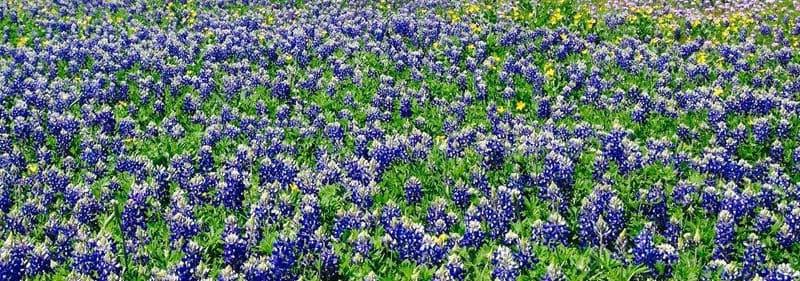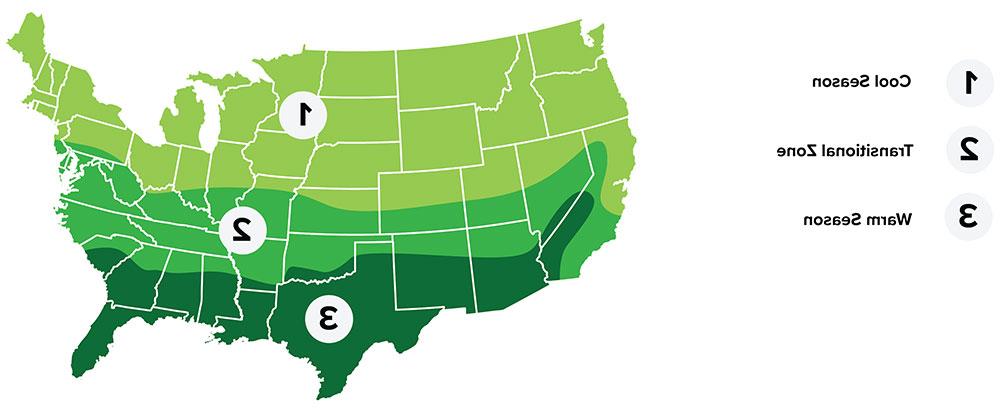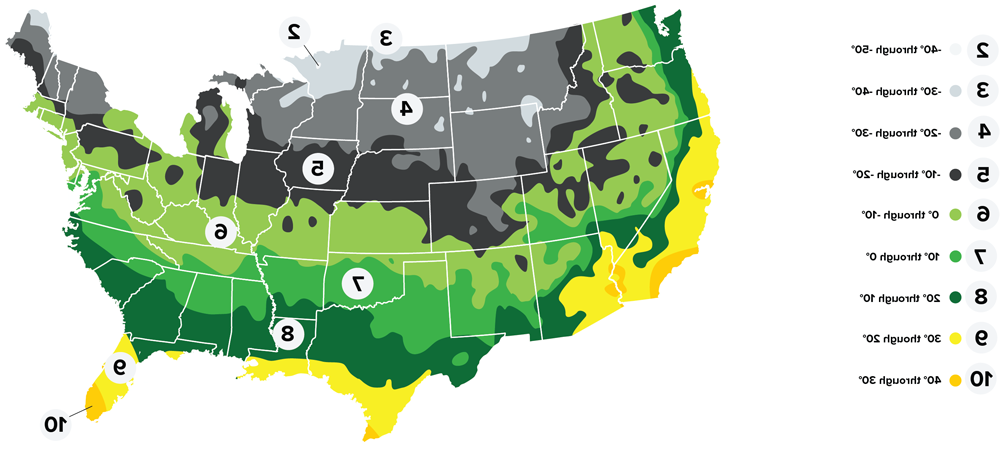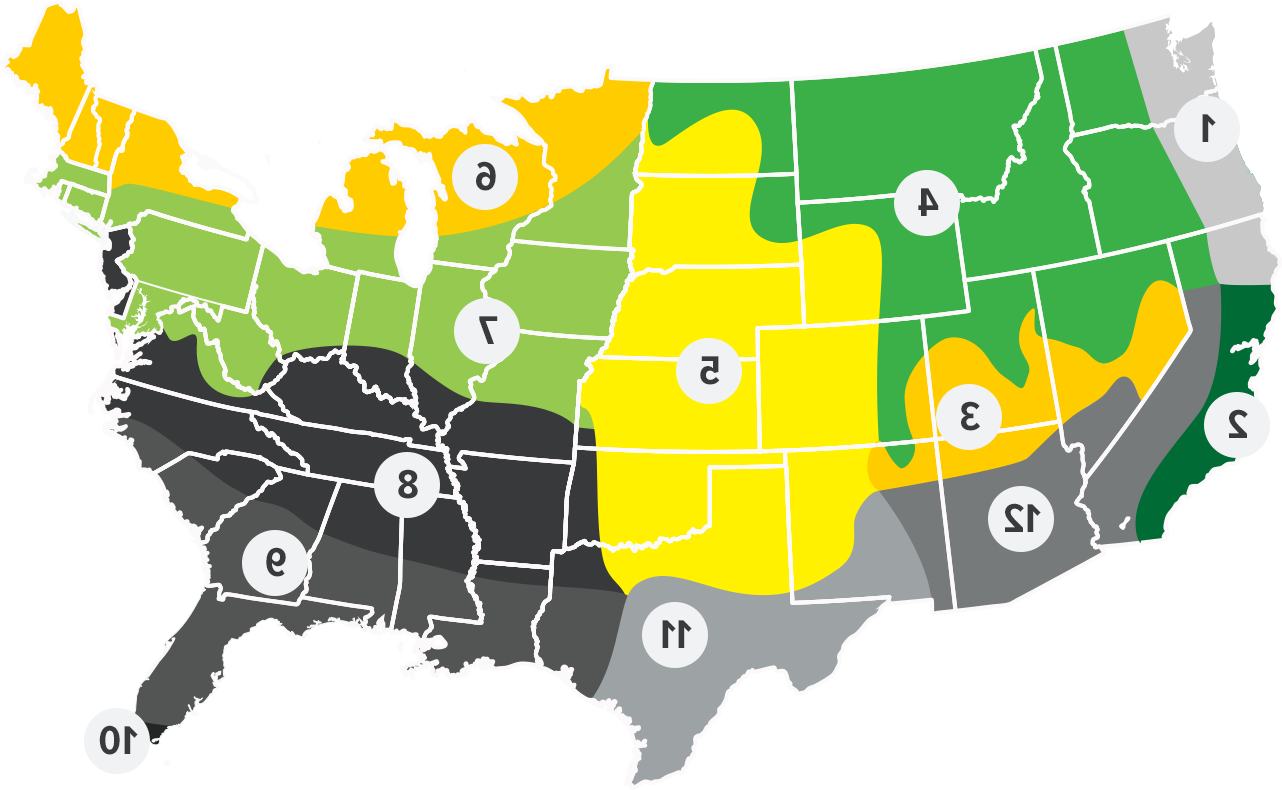
ENGELMANN DAISY
Summary
Engelmann Daisy is a member of the aster family and is recognized by its basal rosette of pinnatifid leaves; its reduced cauline leaves and its head with yellow ray and disk florets. They can be found across most of the southern plains and western half of Oklahoma. They occur in loamy soils derived from limestone and sandy soils. Popular plant for landscape design for its self-reliance and hearty nature.
Plant Characteristics
Taxonomy
Zone
- Regional Growing Zone
- 5 - Midwest, 11 - South Texas, 12 - Southwest
- USDA Plant Hardiness Zones
- 5, 6, 7, 8, 9, 10
- Temperature Zone
- Warm, Cool, Transitional
Plant Characteristics
- Bloom Period
- Spring - Early-Fall
- Bloom Color
- Yellow
- Bloom Description
yellow ray and disk florets
- Leaf Color
- Green
- Leaf Description
basal rosette of pinnatifid leaves
- Growing Cycle
- Perennial
- Growth Habit
- Bunch-Type
- Sun Requirement
- Full Sun, Partial Sun
Plant Information
- Planting Season
- Fall - Winter
- Plant Depth
- .25"
- Establishment
- Easy
Seed Information
- Seeds Per Pound
- 14,000
- Kingdom
- Plantae
- Subkingdom
- Tracheobionta
- Super Division
- Spermatophyta
- Division
- Magnoliophyta
- Class
- Magnoliopsida
- Subclass
- Asteridae
- Order
- Asterales
- Family
- Asteraceae
- Genus
- Engelmannia
- Species
- Engelmannia peristenia
Coverage Area & Available Sizes
Applications
Popular for landscaping, Engelmann’s Daisy easily reseeds. Drought resistant due to its deep taproot. Cutting the plant back late in the summer may promote additional blooms.
High protein content makes this cool season native popular for wildlife as it is available earlier in the year than warm season forage.
Commonly planted for erosion control.








